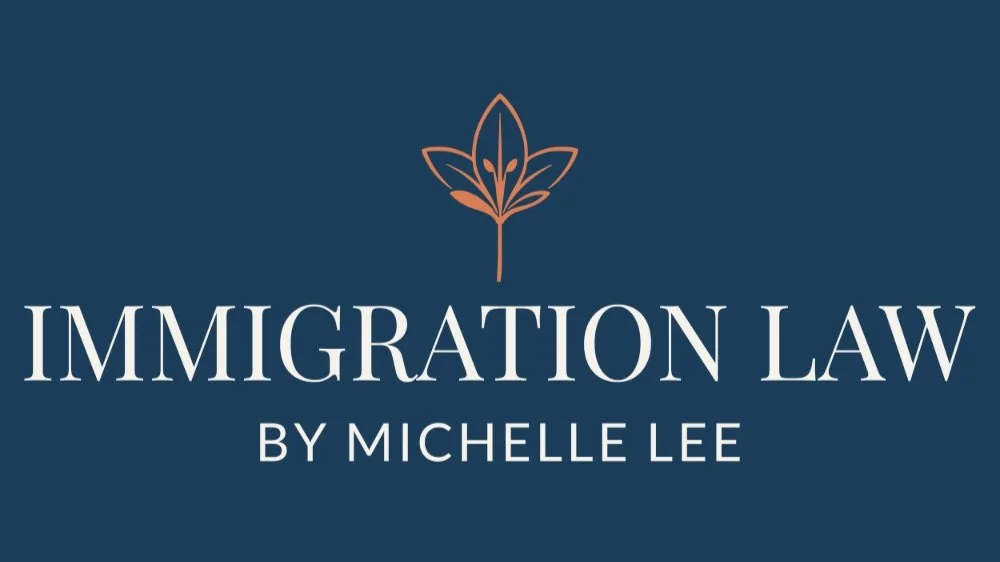A Shifting Landscape: Your Essential Guide to the Minimum Income Requirement for Partner Visas in 2025
With the political debate around immigration raging, the financial threshold for partner visas has moved from being a relatively stable fixture of the immigration system to a focal point of national debate.
Further changes to the partner visa financial requirement are expected in 2025, with potentially life-changing consequences for thousands of couples and families.
You’d be forgiven for feeling confused. In this blog post, I’ll explain the financial requirement as it currently stands, what’s likely to change and when, and how best to prepare.
If you’d like to discuss your situation or have questions, please contact me using the links on this website. I’ll be delighted to hear from you.
What Is the Current Financial Requirement?
The minimum income requirement for a UK partner visa is currently £29,000.
Importantly, and following a change made last year, that figure is the same regardless of whether the applicant has children or not – a welcome simplification to the previous system.
There are several ways to meet the £29,000 threshold, known as ‘permitted sources’. Permitted sources include employment, self-employment, cash savings, and various others. Some of the permitted sources can only be used alone, while others can be used in combination with each other if needed, to meet that magic £29,000 figure.
What’s Changing?
First, let’s look at what has changed so far.
On 11 April 2024, the minimum income requirement was raised from £18,600 to £29,000 – the first change since the threshold was introduced in 2012. The increase was striking not only because it ended over a decade of stability, but also because of its scale: a sharp 55% jump.
The change was the work of the outgoing Conservative government, which had also set out plans to raise the threshold even further – first to £34,500, then ultimately to £38,700, in line with the Skilled Worker regime. However, those proposals were shelved following the party’s defeat in the general election in July 2024.
With a new Labour government in office, attention turned to Keir Starmer and Home Secretary Yvette Cooper, to see how they would handle the future of the minimum income requirement.
What Could Change in 2025?
And it seems they are doing just that – or at least, they’ve asked the Migration Advisory Committee (MAC) to take the lead, commissioning a review to help shape the next phase of policy.
The MAC reported back in June 2025, with some important and thought-provoking conclusions.
First, the Committee advised against raising the threshold to £38,700, as proposed by the previous government. It found no clear justification for aligning the partner visa income requirement with the Skilled Worker salary threshold, noting that the two routes serve entirely different purposes.
Instead, the MAC recommended a more proportionate approach. While it didn’t endorse a specific figure, the Committee identified a reasonable range between £19,000 and £28,000, with most practical models clustering between £23,000 and £25,000.
A threshold in this range, the MAC argued, would reflect typical earnings for full-time workers on the National Living Wage, and would allow the majority of British citizens in full-time employment to meet the requirement.
You don’t have to squint to read between the lines: in the MAC’s view, the previous government’s approach went too far.
The MAC also recommended certain circumstances where the overseas applicant’s income could be counted, such as where they have a confirmed UK job offer, or can continue working remotely for their overseas employer. This would be a welcome change for many overseas applicants whose income has, until now, been excluded entirely from the assessment.
What We Should Expect Next
At the time of writing, the government has not yet announced its final decision on whether the £29,000 will change, or when.
While some reports suggest a reduction is likely, possibly to somewhere between £23,000 and £25,000, I’ll be honest: I’ll believe it when I see it. My instinct is that the new government may quietly choose to leave the threshold where it is.
In any event, applicants should keep in mind that any future changes are unlikely to apply retrospectively. If you're planning to apply soon, the safest course is to assume the current £29,000 threshold still applies — at least until formal changes are announced and take effect.
Practical Tips: Preparing to Meet the Financial Requirement
Whether you’re applying now or planning ahead, here are some practical steps you can take to help you navigate the financial requirement with confidence.
✅ 1. Know which income sources count
Familiarise yourself with the permitted income categories and which ones are available to you. I’ve seen no indication that the sources themselves are likely to change, so make sure your income is from acceptable sources in permitted combinations, and that you can meet the documentation rules.
✅ 2. Understand the documentation rules
Speaking of, the Home Office has highly strict evidence requirements. Payslips, bank statements, tax returns, and employment letters must all meet specific criteria. Check the current guidance carefully, or seek legal advice if unsure.
✅ 3. Check your sums
If you're combining income and savings, or relying on variable earnings (e.g. freelance or hourly work), ensure your figures add up correctly. Errors here are one of the most common reasons for refusal.
✅ 4. If relying on savings, know the rules
Cash savings can count, but only savings above £16,000 are considered, and they must have been held in your name, your partner’s name, or jointly, for at least six months before applying.
If you’re relying on savings alone, you must hold at least £88,500. This is calculated by reference to the minimum income figure of £29,000, so it’s also subject to change.
✅ 5. Stay up to date
With changes possible later in 2025, timing matters. Keep an eye on official announcements, and don’t assume today’s rules will still apply in a few months’ time.
Need Help?
The partner visa process has long been overwhelming, and the financial requirement can feel like the biggest hurdle of them all, especially with so many changes happening.
And for applicants, the stakes couldn’t be higher. Partner visas are never just paperwork - they’re about reuniting with loved ones and building a life together.
If you’re feeling stressed or uncertain, you’re not alone. As an experienced immigration solicitor, I’m here to guide you through each step, offering support and clarity so you can focus on what matters most: your future together. Don’t hesitate to reach out – together we can make this process smoother and less daunting.

